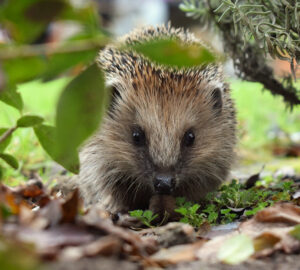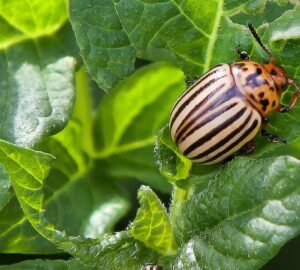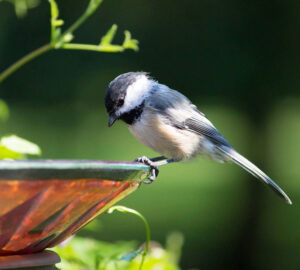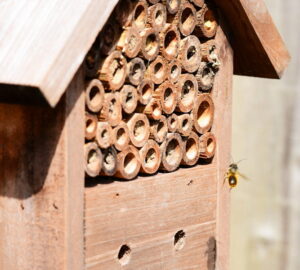Creating a pet-friendly garden is an excellent means of establishing a secure and enriching outdoor environment for your beloved furry companions. From the careful selection of plants to the safe storage of garden tools, there exists a multitude of measures you can implement to fashion your garden into a hospitable and pleasurable haven for pets. In the following article, we will delve into the essential steps for creating a pet-friendly garden, equipping you with the knowledge to embark on the journey of transforming your outdoor space into a veritable pet paradise.
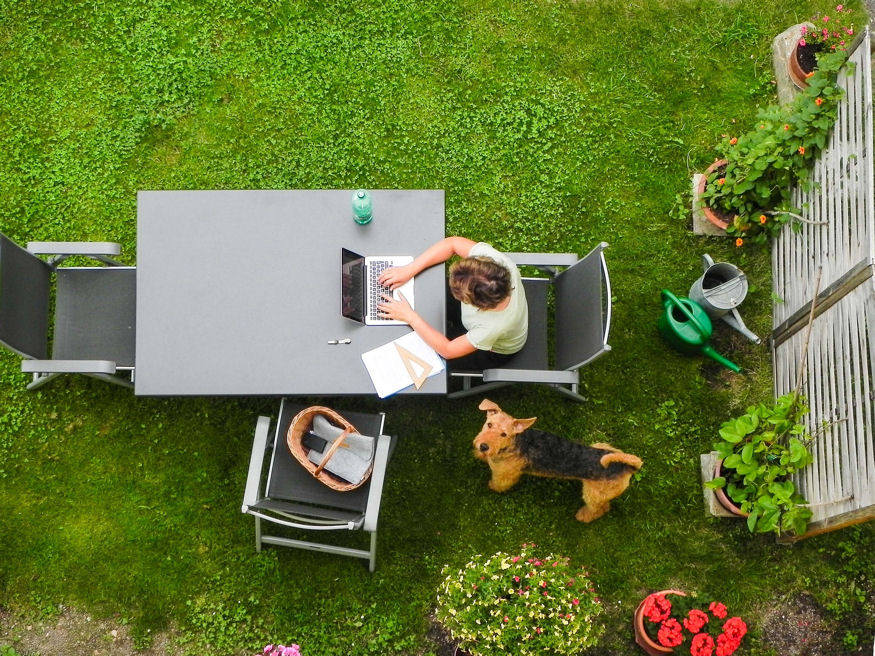
Avoid Growing Toxic Plants
Before embarking on your garden venture, consider your beloved pets. There are several plants that are toxic to animals, which you should steer clear of:
- Aloe Vera: This trendy succulent can trigger adverse effects like vomiting, diarrhea and tremors in dogs and cats if ingested.
- Azaleas: These shrubs contain grayanotoxins, which can induce vomiting, diarrhea and, in severe cases, heart failure in pets.
- Daffodils: All parts of the daffodil contain lycorine, leading to symptoms such as vomiting, diarrhea, abdominal pain, and even cardiac arrhythmia.
- Foxglove: The alluring flowers of foxglove harbor cardiac glycosides, capable of causing vomiting, diarrhea, seizures, and even fatality in pets.
- Lily of the Valley: All parts of this plant contain cardiac glycosides, which can lead to vomiting, diarrhea, decreased heart rate, seizures, and even coma in pets.
- Sago Palm: This popular indoor and outdoor plant contains cycasin, associated with vomiting, diarrhea, liver failure and, tragically, death in pets.
- Tulips: The bulbs of tulips contain toxic compounds called tulipalin A and B, which can result in vomiting, diarrhea and central nervous system depression in pets.
These are just a few examples of toxic plants. Always research before adding new plants to your garden and consult with a veterinarian or horticulturist for further guidance.
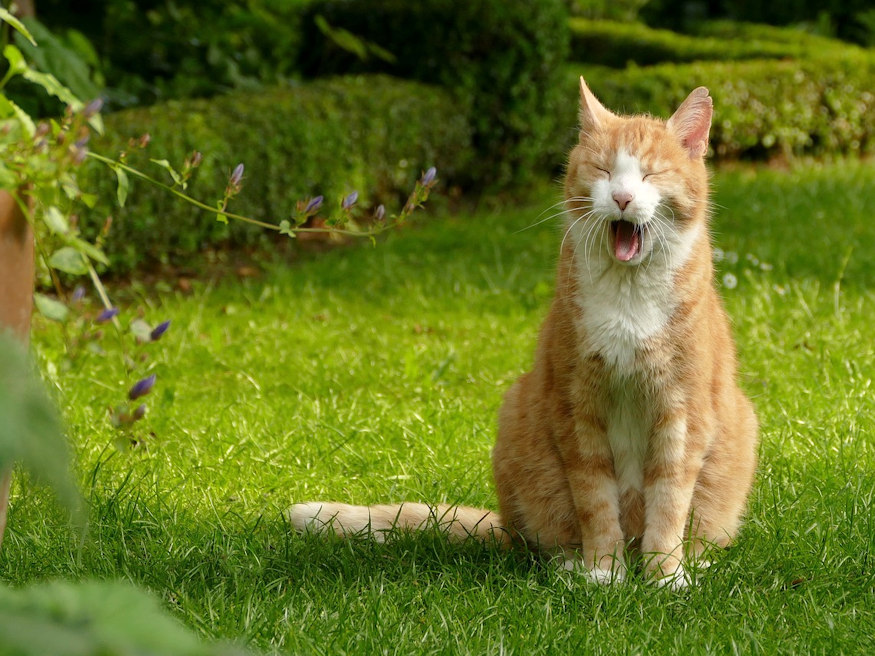
Avoid Thorny or Prickly Plants
As a general rule of thumb, refrain from planting thorny or prickly flora in areas frequented by your pets. Some examples include:
- Cactus: The spines on cacti can cause injury to your pet’s paws, mouth or eyes.
- Rose Bushes: The thorns on rose bushes can inflict skin or paw injuries on your pet.
- Blackberry or Raspberry Bushes: These plants have thorny canes that can also harm your pet’s skin or paws.
- Holly: The spiny leaves and berries of holly can be harmful if ingested by your pet.
- Juniper: Some varieties of juniper have sharp needles that can injure your pet’s skin or paws.
- Firethorn (Pyracantha): This shrub boasts thorny branches that can harm your pet’s skin or paws.
If you choose to have these plants in your garden, ensure they are located in inaccessible areas or install protective measures like fencing or raised garden beds.
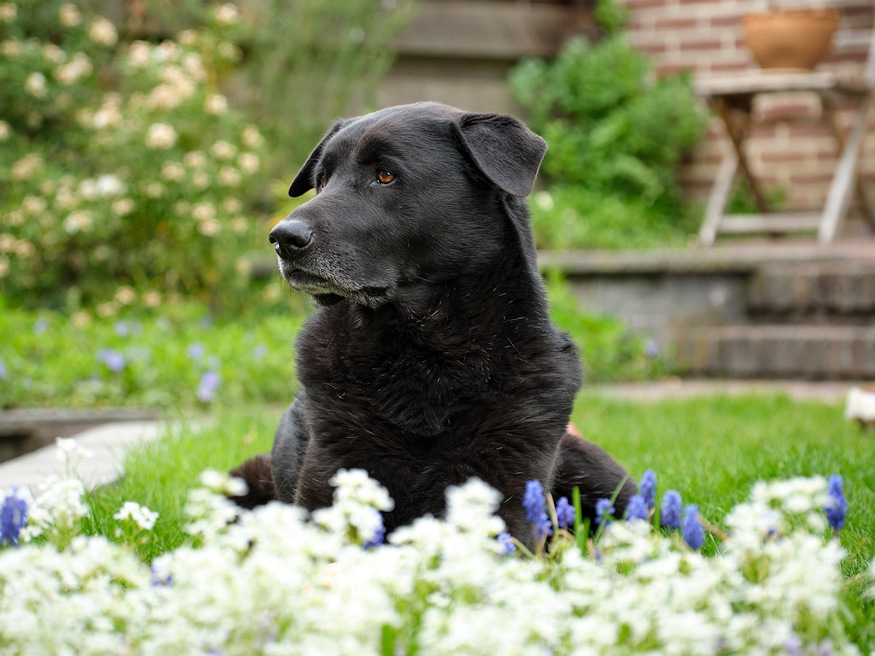
Protect Your Pets from Bee Stings
In your quest for a thriving garden, it’s essential to consider your pets’ safety regarding bee encounters. Here’s how to go about it:
- Plant Pollinator-Friendly Plants Away from High-Traffic Areas: Position your pollinator-attracting plants in areas less frequented by your pets, reducing the chances of bee-pet interactions.
- Create a Designated Pollinator Garden: Separate your pollinator plants from your pet’s play or resting zones.
- Plant Flowers in Groups: Clustering flowering plants aids bees in locating them, minimizing their presence in the rest of your garden.
- Provide a Water Source for Bees: Ensure bees have access to a water source, like a shallow dish with rocks, to reduce their interest in other garden areas.
Remember that bees are vital pollinators and are generally not aggressive unless provoked. If your pet is stung by a bee, monitor them closely for allergic reactions and seek veterinary care if necessary.

Prioritize Biological Pest Control Methods
While chemical pesticides can control garden pests effectively, they pose risks to pets and wildlife. Opt for natural, pet-friendly alternatives to maintain a healthy garden. Here are some strategies:
- Attract Beneficial Insects: Welcome ladybugs, lacewings and praying mantises to your garden. Planting flowers like daisies and marigolds can encourage their presence.
- Companion Planting: Plant herbs, flowers or vegetables together to deter pests. For instance, planting onions or chives next to tomatoes helps repel aphids.
- Manual Control: Physically remove pests or use barriers like netting to safeguard your plants.
- Neem Oil: This natural pesticide effectively manages various pests and is safe around pets and wildlife.
- Insecticidal Soap: Use this pet-friendly alternative to control soft-bodied insects like aphids, mealybugs and spider mites.
- Physical Barriers: Protect your plants with row covers, netting or wire mesh to deter pests like caterpillars or birds.
- Introduce Natural Predators: Attract birds with birdhouses or feeders and frogs with a water feature to help control pest populations.
- Crop Rotation: Disrupt the life cycle of pests by planting different crops in different areas of your garden each year.
By implementing these natural, pet-friendly pest control methods, you’ll create a safe and healthy environment for both your pets and the local wildlife.

Store Garden Tools and Machines Safely
Leaving garden tools and machinery in the garden can pose dangers to pets. Pruning shears, shovels and rakes may cause injury if pets play with them. Power tools like lawnmowers, hedge trimmers and chainsaws can be hazardous if pets come into contact with them.
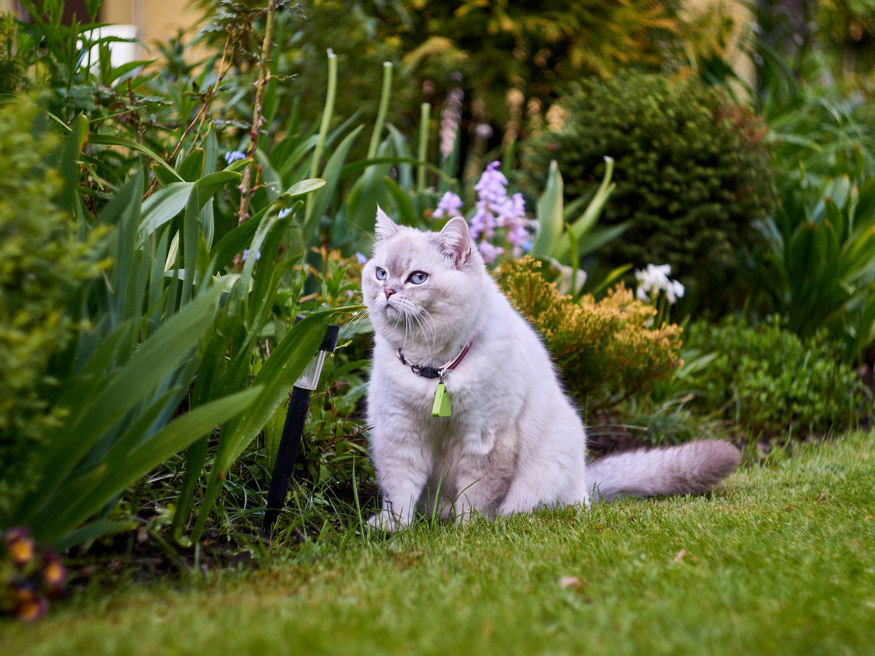
To keep your pets safe, store your garden tools and machines in a secure location when not in use, such as a locked shed or garage. If they must remain in the garden, place them out of pets’ reach, like on high shelves or in locked cabinets. Regularly inspect your tools for damage and wear, replacing them as necessary.
Be mindful of garden chemicals and fertilizers, storing them in their original containers and out of pets’ reach. When applying these products, follow instructions carefully, and keep pets away from treated areas until it’s safe.
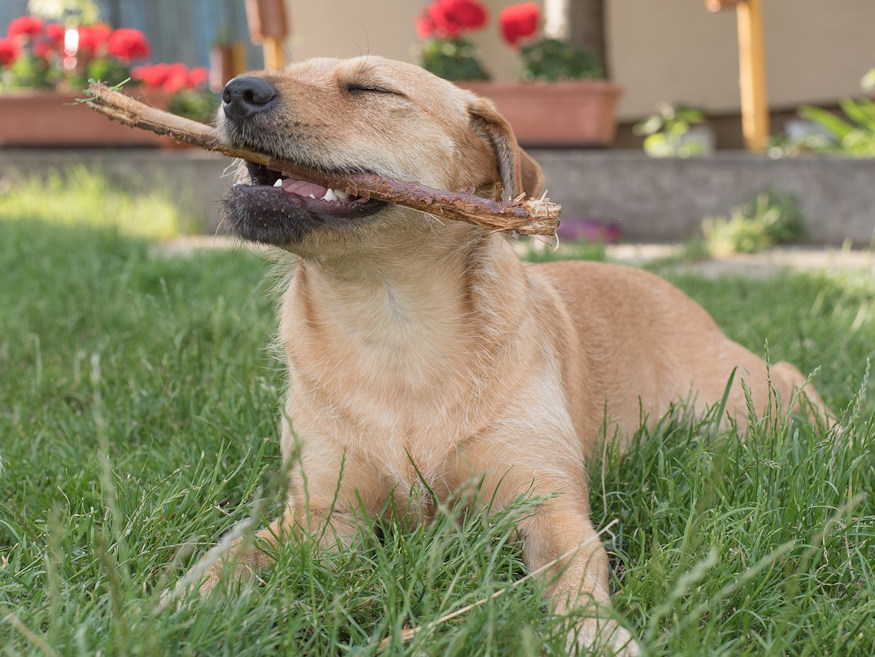
Ensure Water Safety
Garden pools, lakes and rainwater collection tanks can be perilous for pets. They pose a drowning risk, especially for smaller pets. To ensure your pets’ safety:
- Supervise Pets Around Water: Always watch your pets when they’re in the garden and prevent them from swimming or playing in any water without your supervision.
- Secure Garden Pools and Water Features: Fencing or barriers are vital to keep pets from accidentally falling into pools or water features.
- Rainwater Collection Tanks: Secure these with lids or mesh screens to prevent access by pets.
- Maintain Clean Water: Regularly clean and maintain water features, avoiding the use of harmful chemicals or pesticides that could contaminate the water.
By taking these precautions, you can cultivate a garden that is both safe and enjoyable for both you and your pets.

In conclusion, a pet-friendly garden offers a multitude of benefits for pets and their owners alike. It’s a rewarding investment that provides a secure and pleasurable outdoor haven for your furry companions. So, go forth and craft your very own pet paradise!






